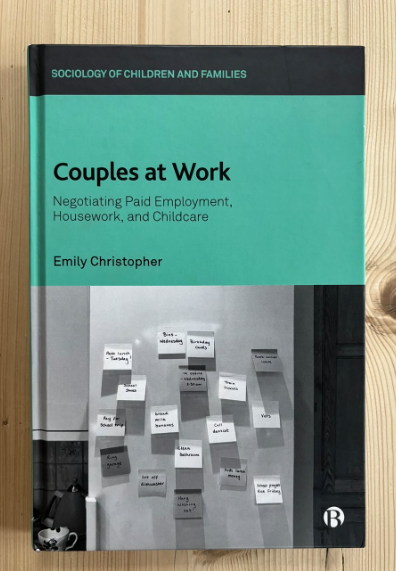Aston University co-hosted parts of the eighth Tokyo International Conference on African Development (TICAD8).
There was a total of six talks hosted by the University, five of which are available to catch up on below.
TICAD8 is the eighth event of TICAD, having been initiated by Japan in 1932. The conference brings together international organisations and business representatives from African countries and Japan to promote the digitalisation of African nations to keep pace with other leading economies.
Cyber security and data privacy were two of the main topics up for discussion as well as central bank digital currencies (CBDC).
CBDC is a government-issued fiat currency, that is, a currency not backed by a commodity such as gold. The use of an ideal CBDC will eliminate over 100,000 armoured cars carrying cash for ATM machines all over the world, reducing CO² emissions. Experts say transitioning to fiat currency requires the highest level of cyber security.
The digitalisation of the healthcare sector in Africa
Professor Georg Holländer of Oxford University speaks with Aston University visiting professor - and GVE founder - Koji Fusa.
The discussion focuses on the benefits of an electronic health record for both an individual and the health care provider but will also relate these benefits to issues of public health and research.
The technical challenges of providing the conventional infrastructure to establish health care records will be touched on with a focus placed on data security.
Reasons will be pointed out that impede the uptake of electronic health records, especially in low and middle income countries, and possible solutions are presented to overcome this problem.
CBDC and private sector digital currency will facilitate the digitalisation of nations of African countries
CBDC will require the highest security and privacy protection.
Professor Koji Fusa, Cyber Security Innovation Centre, Aston University, CEO of GVE Ltd discusses the benefits of a comprehensive digitalisation of fiat currency.
This will become a powerful digital infrastructure which could expand into other areas like healthcare.
The cyber security issue pointed by the US NIST in 2016 could be solved by having a different set of systems which could reduce the risks being presented by international hacking groups having quantum computers in the future.
The World Bank's support for digitalisation of Africa
Takashi Miyahara, the Executive Director of the World Bank Group, presents this talk in his personal capacity. Mr. Miyahara introduces the World Bank’s contribution to date, and Japan’s collaboration with the Bank, for digital development of Africa.
Mr. Miyahara worked for the Ministry of Finance of Japan since 1986 before he took the current position in January 2021.
Vaccine and climate transition in Africa
René Karsenti, senior adviser and honorary president of the International Capital Market Association (ICMA), former board chair of the International Finance Facility for Immunisation (IFFIm), honorary director general of the European Investment Bank (EIB) and member of the Global Advisory Board of GVE Ltd, talks to Aston University's Koji Fusa about vaccine and climate transition in Africa: two major challenges, lessons from innovative ESG financing and future endeavours.
Health and vaccine finance, climate transition and sustainable finance have sparked a revolution in thinking about innovative solutions leading to implementing successfully new humanitarian finance such as IFFIm, financing GAVI, the Vaccine Alliance, as well as other new ESG investments to achieve a positive impact.
He says:
"Needs remain huge in Africa.
"We are now at a decisive moment in such ESG investments. We have evolved in a few years from a situation where investors knew - and cared - little about what their investments were supporting, to one where purpose matters more than ever.
"But only by recognizing the urgency for action particularly in Africa and the power of ESG investment, collaboration, technology and innovation would get us there."
Cyber security, financial integrity and developments
Professor George Feiger is the executive dean of the College of Business and Social Sciences at Aston University.
He suggests truly secure data transfer has the capability to transform more than medicine and finance in the efficiency sense and also holds out the promise of helping to clean up the even more consequential problem of looting of the state.





